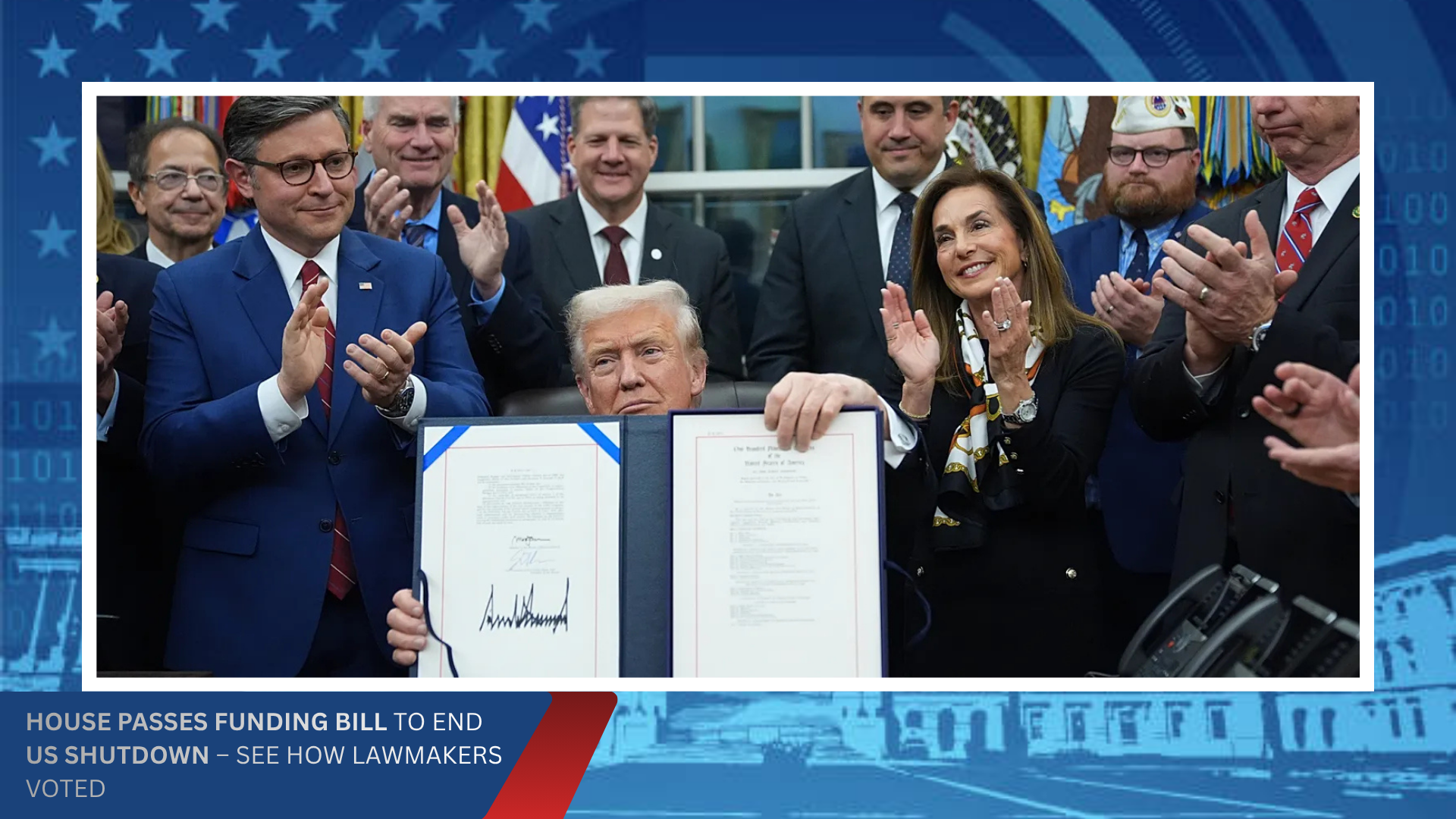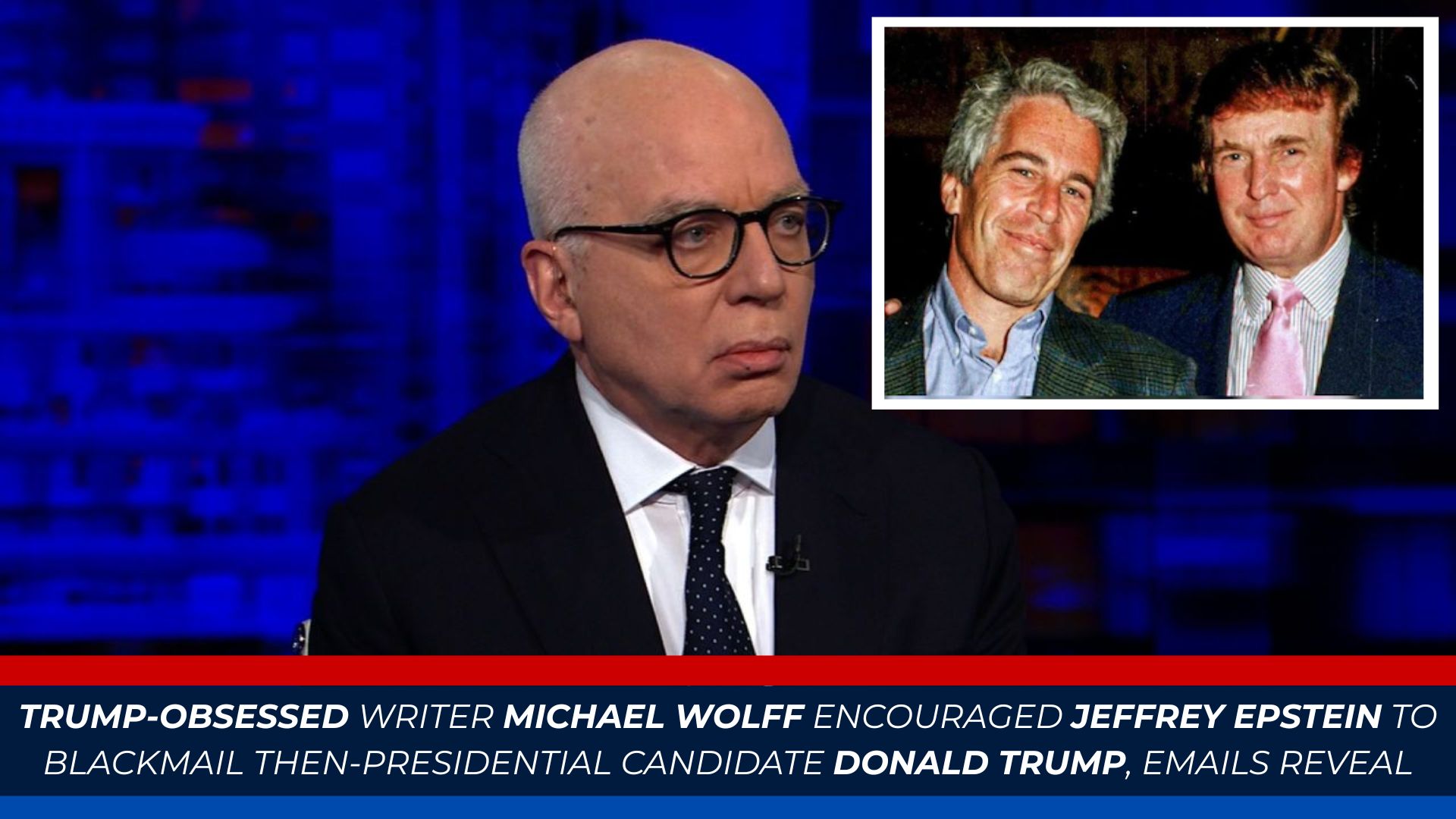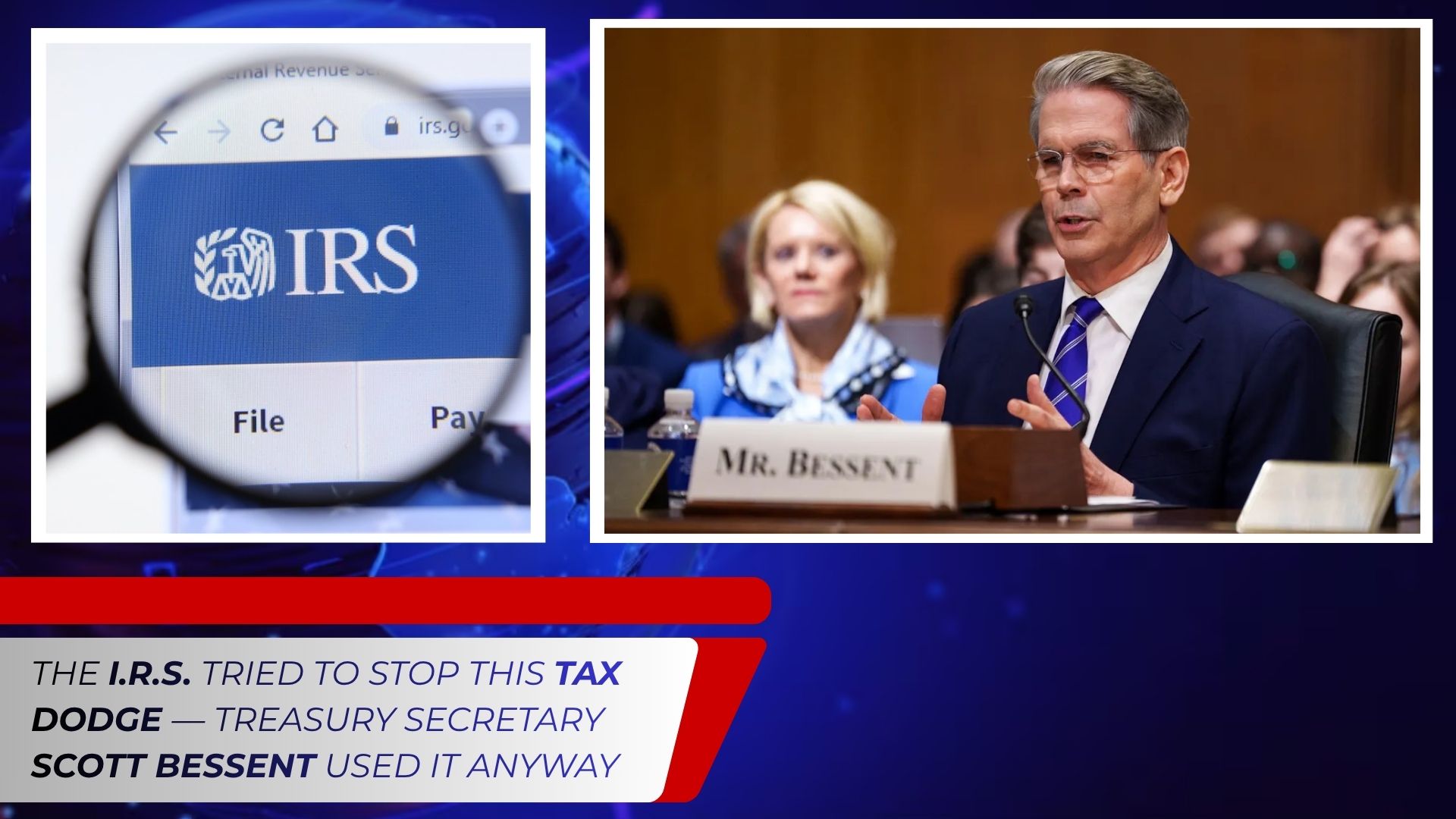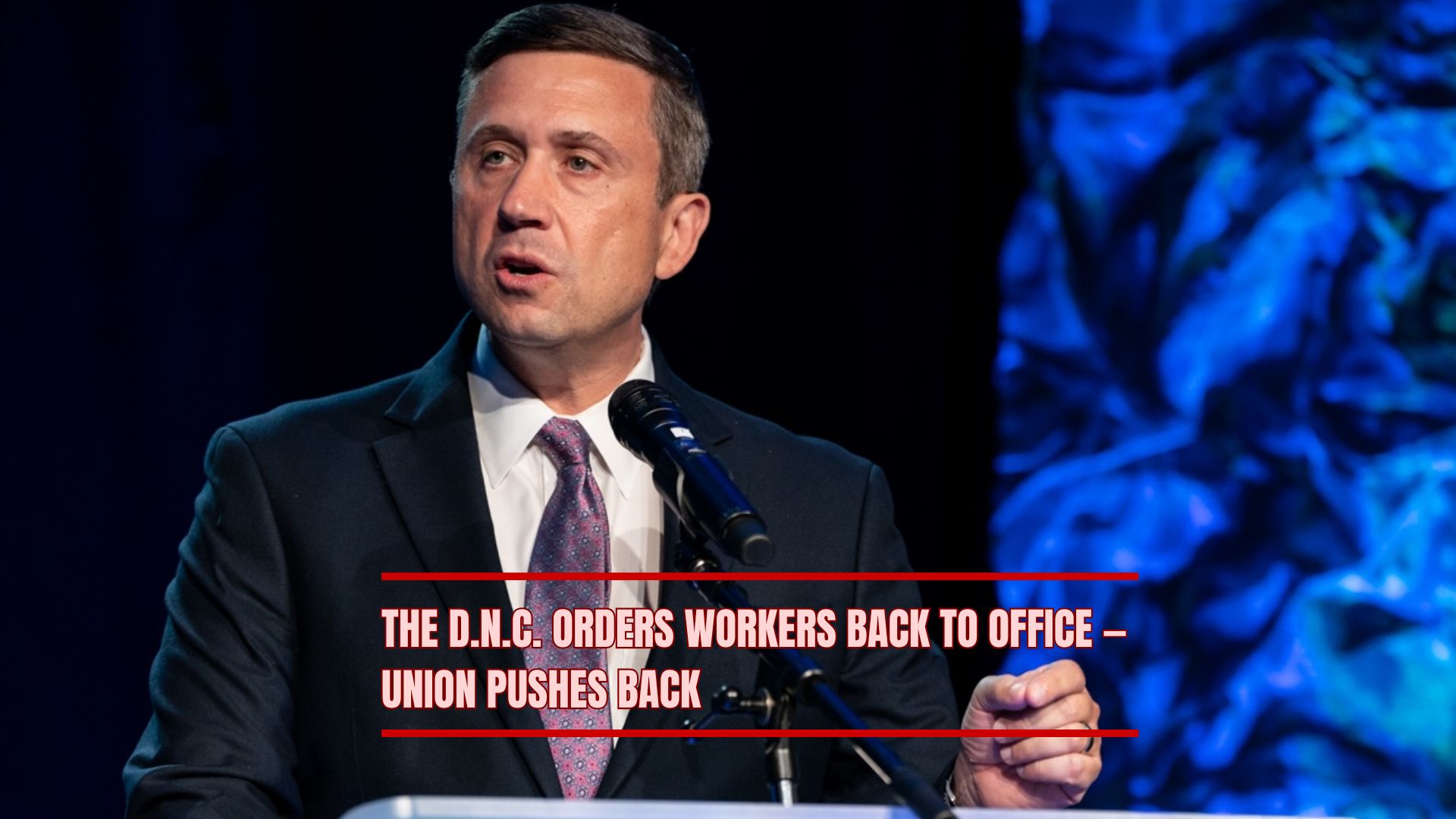It felt like the pilot for a prestige drama about power: a chandeliered White House dining room, gold-rimmed china, and a guest list that could double as the keynote line-up at a global tech forum. But this wasn’t fiction. This was an evening built on optics, choreography, and a very modern bargain: a president looking to showcase American industrial resurgence, and the most valuable technology companies on the planet looking to build—fast—inside U.S. borders.
At the table, the faces were familiar even to those who don’t follow quarterly earnings: social media’s architect, a consumer-hardware maestro, stewards of global search and software, and the leading face of generative AI. Their tone ranged from polite to effusive, and their talking points harmonized on one theme: the United States is the place to anchor the next era of compute—if the country can clear the path to build.
The Dinner as Theater
The evening unfolded less like a policy roundtable and more like a stage play. Each executive offered encomiums to a pro-business climate and, crucially, paired those remarks with eye-catching investment figures. The numbers, while not a line-item budget, carried their own power: public commitments for domestic build-outs of data centers, advanced manufacturing facilities, training pipelines, and AI research hubs. Headlines practically wrote themselves. Praise first, numbers second, splashy coverage third.
In this sense, the dinner was a masterclass in narrative alignment. The White House projected an image of velocity and inevitability around America’s tech leadership. The companies projected confidence and scale, telegraphing that the next decade’s infrastructure would wear “Made in USA” labels where possible.
Optics weren’t the appetizer; they were the entrée. The choreography did as much work as the content.
The Missing Man
Hovering over the scene was an empty seat. Elon Musk—whose ventures span electric vehicles, rockets, AI, and grid-scale energy—wasn’t there. The absence was loud not because the agenda was thin without him, but because it offered a contrast: Silicon Valley’s coalition at the table, and Silicon Valley’s most polarizing outlier outside the room.
The reasons matter less than the effect. In a night about alignment, distance can also be a strategy. Musk’s no-show allowed others to claim center stage and the administration to underscore that America’s tech industrial project is bigger than any single personality. It also hinted at a pragmatic truth: personal chemistry is now an input to national build speed.
What Was Said—And What Wasn’t
On the record
- Big pledges: Executives described multi-year, U.S.-based investment plans focused on data infrastructure, domestic supply chains, AI R&D, and workforce training.
- American capacity: A repeated promise to place the “next wave” of compute and manufacturing onshore where feasible.
- Partnership posture: A willingness to coordinate with federal and state policymakers on siting, permitting, and training.
Between the lines
- Conditionality: How much hinges on incentives, power availability, and permitting timelines was left tactfully vague.
- Accounting: Which dollars were new versus re-packaged capital plans went largely unparsed for the cameras.
- Timeline risk: The gulf between announcement and energized assets remains the industry’s most stubborn hazard.
None of this makes the pledges mere theater. But it does remind us that the frontier constraint for AI isn’t press releases—it’s physics and paperwork. Chips require fabs and advanced packaging; models require compute and cooling; compute requires land, transformers, substations, water, and gigawatts of reliable power. All of that requires permits, skilled labor, and grid interconnects that do not currently move at social-media speed.
The Real Star: Power
Strip away the velvet and the dinner’s uncredited protagonist emerges: electricity. AI’s appetite is less a metaphor than a meter reading. Data center demand curves are now a board-level issue for utilities, a line item for governors, and a civic flashpoint in communities where substations and water usage become local politics.
That is why the most consequential deliverables after a night like this will not be quotes, but approvals: interconnection agreements, environmental reviews, zoning decisions, and workforce pipelines that put electricians, linemen, and technicians on site. In modern industrial policy, electrons are the new keystone resource. If they arrive on time and at price, the rest of the stack—capex, silicon, models—falls into place.
The Bargain on Offer
The political economy is straightforward. Technology firms want certainty: predictable incentives, accelerated siting, coherent tax treatment, and immigration clarity for specialist roles. The administration wants visible proof that America builds: groundbreakings, ribbon cuttings, and payrolls that spread from metro hubs to exurbs.
Both sides can plausibly get part of what they want. But the bottleneck is time. A data center can be designed in months and framed in steel within a year; a substation and transmission upgrades can take far longer. Advanced packaging capacity can be announced quickly; suppliers and skilled labor can’t be conjured at will. A workforce curriculum can launch in a semester; filling a national shortage in the trades is a decade project.
Three Fault Lines to Watch
- Permitting vs. Timelines: Will environmental review and community input be modernized to preserve rigor while compressing delay? The difference between a two-year and a six-year approval cycle is the difference between leadership and catch-up.
- Grid & Water Constraints: Where will power and cooling be sited, and who bears the cost? Expect a shift toward grid-co-location strategies, on-site generation, heat reuse, and water-light designs.
- Talent Throughput: Announcements are cheap; apprenticeships are scarce. The durable metric will be graduates placed into high-demand roles—not just programs launched.
Scoreboard: How We’ll Judge the Next 24 Months
Receipts over rhetoric
- MW Interconnected: Signed and energized, not “planned.”
- Fab/Packaging Milestones: Groundbreak → tool move-in → pilot yield → volume.
- Commissioned Capacity: Data halls online, not artist renderings.
- Workforce: Apprentices matriculated and placed; immigration pipelines clarified for specialist roles.
About That Empty Chair
Musk’s absence is a reminder that American tech is both a coalition and a contest. The coalition wants coherence—standards, timelines, certainty. The contest rewards divergence—optionality, leverage, and the freedom to pivot when policy or markets shift. In this season, both instincts will shape where assets land and how fast the country’s AI footprint scales.
Bottom Line
The dinner worked as theater because it captured a real alignment of interests: a White House eager to demonstrate industrial speed and companies eager to build at unprecedented scale. But applause lines don’t energize substations. The measure of success will be less about who said what over china and more about who can move electrons, steel, and people on timelines that match the moment.
If the next decade belongs to the nations that can build compute the fastest, then the most important technology in America isn’t a model—it’s a permit stamp.




%20(13).png)



